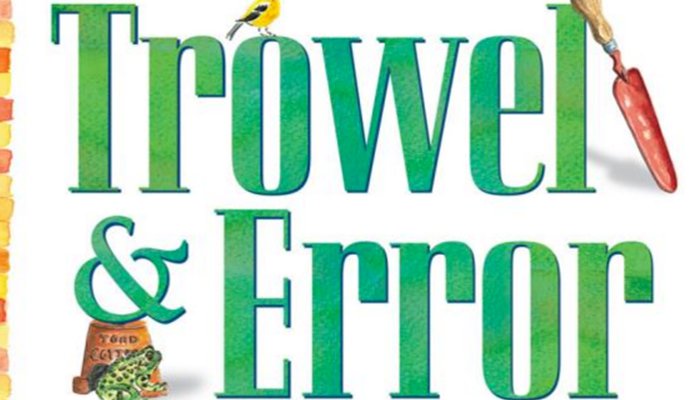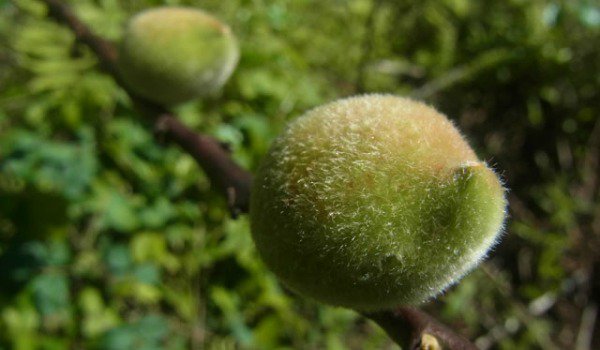
The Zimmerman Pine Moth has become a problem in recent years–and we’ve learned to go after them in late summer. The larvae of the moth damages trees by tunneling through and under the bark. This tunneling leaves gouging wounds, most typically at branch crotches. With infestation, the tree’s injuries excrete a pale yellow, popcorn-like mass of sap. To prevent infestation before it begins, a preventative insecticide spray is applied to the trunk in April or early May. [photo via wikimedia]
The Zimmerman Pine moth establishes itself along the Front Range. Austrian pines are most commonly affected, but Scotch and ponderosa pines are also at risk. Because the Zimmerman Pine moth makes such large wounds at branch crotches, the branches tend to break off as they die away. This breakage typically happens near the top of the tree where the moth prefers to spend its time.
The first sign of a Zimmerman Pine moth infestation is the popcorn-like masses of sap that form at the wound sites where the branches meet the trunk. These masses may get as big as golf balls and often resemble bunches of small, pale grapes. Although this is the first external sign, damage internally has already been done.
The adult moth is rarely seen, but is midsized with gray wings blended with red-brown and marked with zigzag lines. It is difficult to distinguish the adult Zimmerman Pine moth from others in its genus. Larvae are dirty-white caterpillars with some green or pink on occasion. They can be found rather easily among the popcorn-like masses they helped create on the injured trunk and branches.
Habits of the Zimmerman Pine Moth
The Zimmerman Pine moth lives for one year. The young caterpillar overwinters inside a small cocoon underneath the bark of its host. In mid to late April and May, the caterpillar becomes active again and tunnels into the tree. When the caterpillar first begins tunneling, it may start at the tip of the branch, causing it to die off first. By late spring, the destructive caterpillars migrate toward the base of the branch, tunneling into the whorl area. The caterpillar continues its feeding frenzy into July. At maturity, the caterpillar pupates inside a chamber in the popcorn-like masses.
Controlling the Zimmerman Pine Moth
Spring and late summer are the best times to stage an attack on the Zimmerman Pine moth. When the caterpillars are at their most active is when they are most vulnerable. Trunk sprays that drench and penetrate into bark are best to kill off the young caterpillars. April to August is the best time to apply the sprays before the exposed larvae have a chance to tunnel into the tree.











